Drone video - a new trend in social networks

Five to six years ago, unmanned aerial vehicles (UAVs), or drones, were just beginning to take their first steps in the domestic market. Since then, sales have grown and continue to grow rapidly. According to our data, the total sales of drones in Russia amounted to 160 thousand units in 2018. According to the results of the year, this indicator grew by 70% in units and by 53% in money (1.9 billion rubles).
The results are very impressive against the background of average growth rates of other categories of electronics in the Russian market. Let's try to understand what caused such a strong interest in UAVs for buyers and what problems they might have when using drones.
What do the numbers say?
Let's compare drone sales in different price categories in 2017 and 2018. With the general positive dynamics in money and pieces, the demand for cheap devices is growing faster than for premium ones.
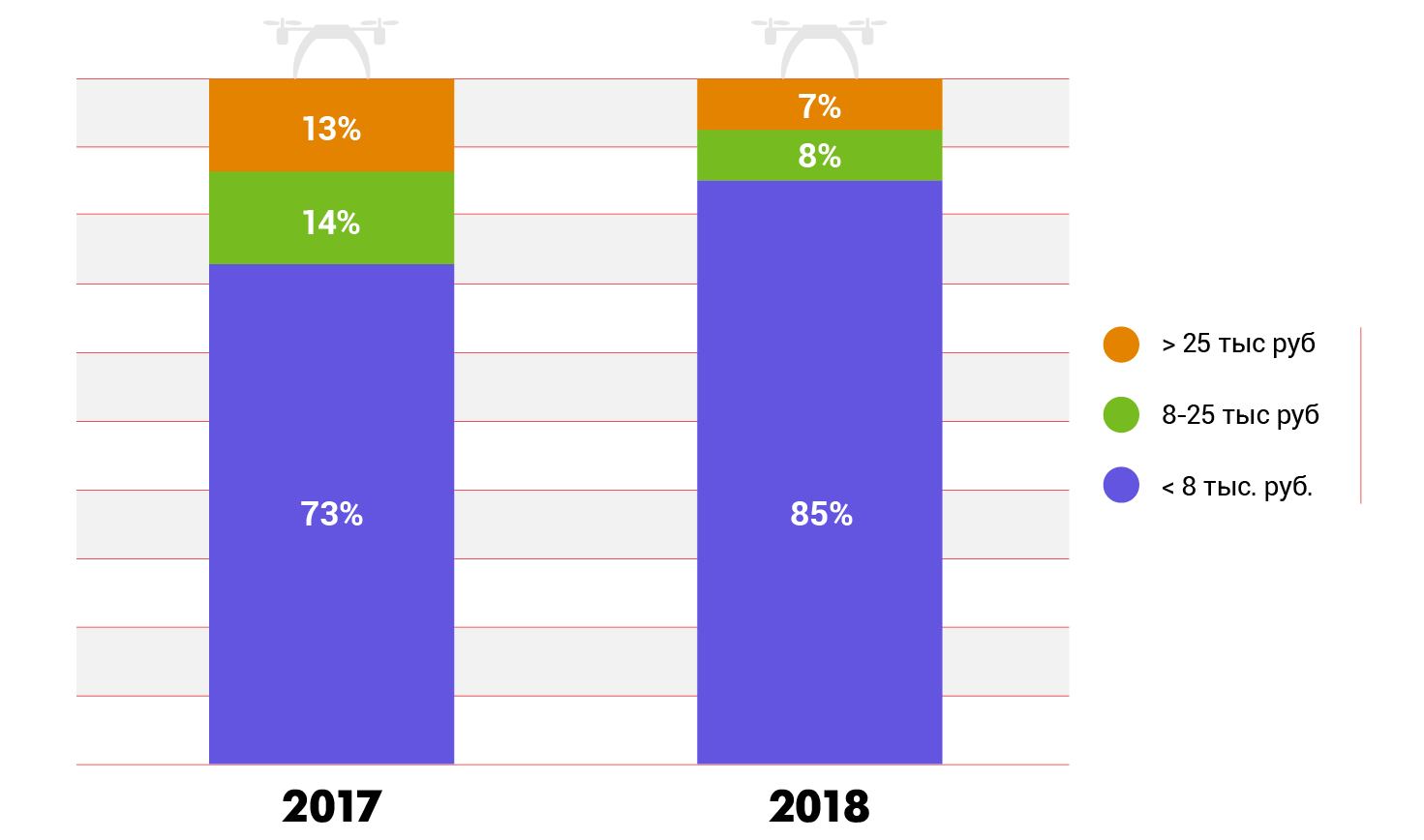
This trend can be explained simply: drones in expensive price segments are a purely niche product for gadgets and pros.
But the drones of the lower price category - the product is just massive, the demand for it spurs the sales of more expensive models. After all, having bought a cheap drone, the user will quickly encounter all the restrictions. And if he wants to improve in shooting with a quadrocopter, a more expensive device will be required. As they say, appetite comes with eating!
Many readers will wonder why to improve in shooting video? We explain.
Why do I need a drone?
Most people (of course, not on Habré) immediately mention the “drone” as an image of a reconnaissance or attack drone.
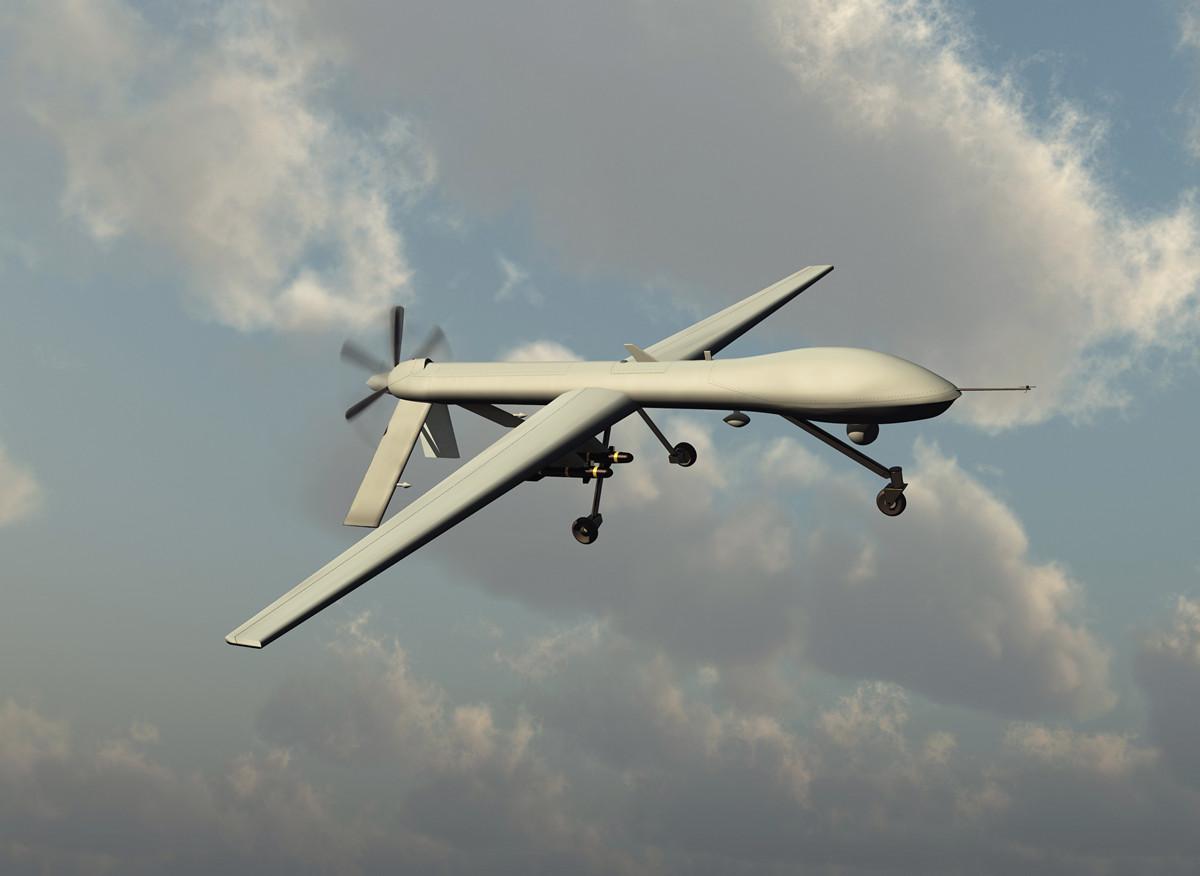
But for UAVs there are many areas of application in civilian life. One of the most popular is photo and video shooting.
15 years ago, shooting, for example, a mass event or bird's-eye view required the rental of a helicopter and the installation of expensive and sophisticated equipment that stabilizes the video camera in flight. But with the advent of drones, the situation has changed dramatically. Videographers received a versatile and flexible tool for shooting. A stabilized video camera with a gyroscopic suspension and a complex of control electronics allow you to “tie” the camera to the subject. It doesn’t matter at all how the UAV’s position in space changes (up to certain limits, of course), its electronics will precisely keep the lens in the position necessary for the operator, tracking the object being shot.
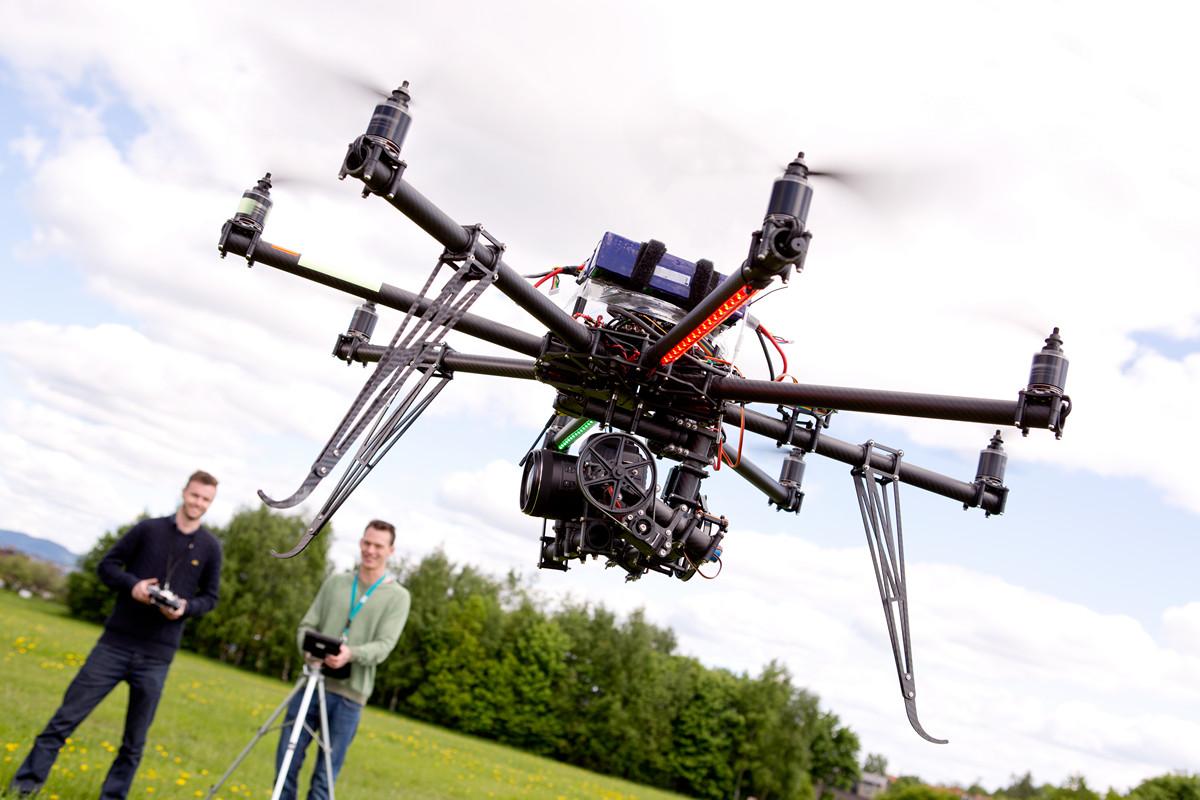
In November 2015 at a press conference, dedicated to the release of the quadcopter DJI Phantom 3, company representatives said that most directors and cameramen, and the audience, too, have long been "tired" of the standard camera angles. After all, if you carefully look at many films and news programs, you can clearly see that almost everywhere a standard set of camera angles is used, limited by the capabilities of conventional stationary or robotic cameras. And UAVs equipped with high-quality Full HD or 4K cameras give truly unlimited possibilities for photo and video shooting.
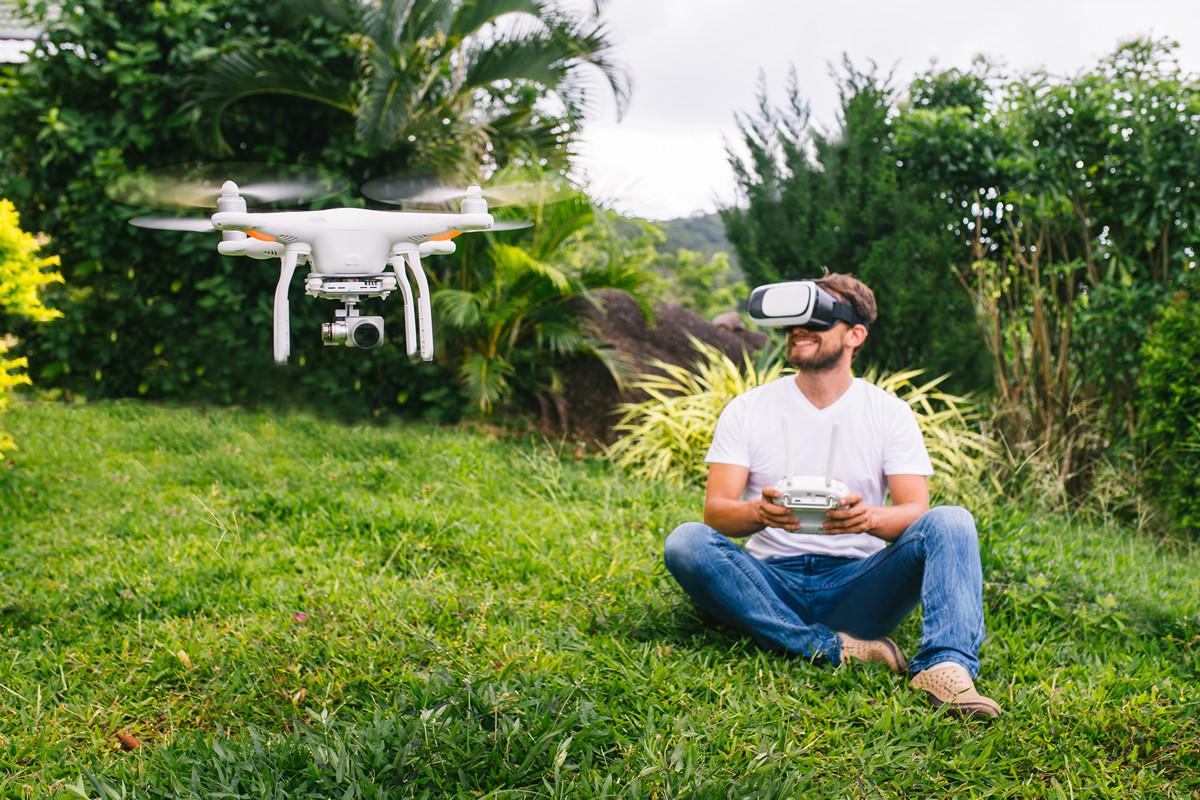
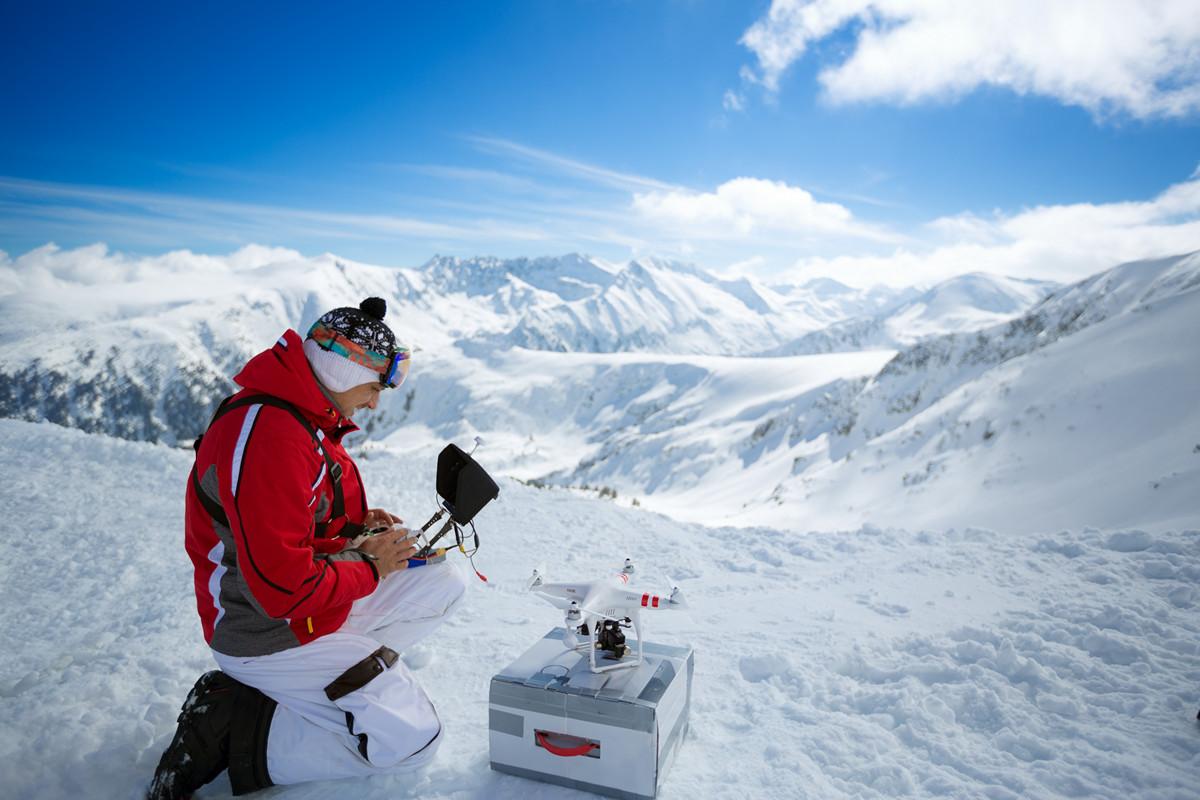
By the way, if we look at data on sales volumes in pieces, then about 70% falls on devices with HD and SD-cameras. While Full-HD and 4K drones occupy about 15% of the market.
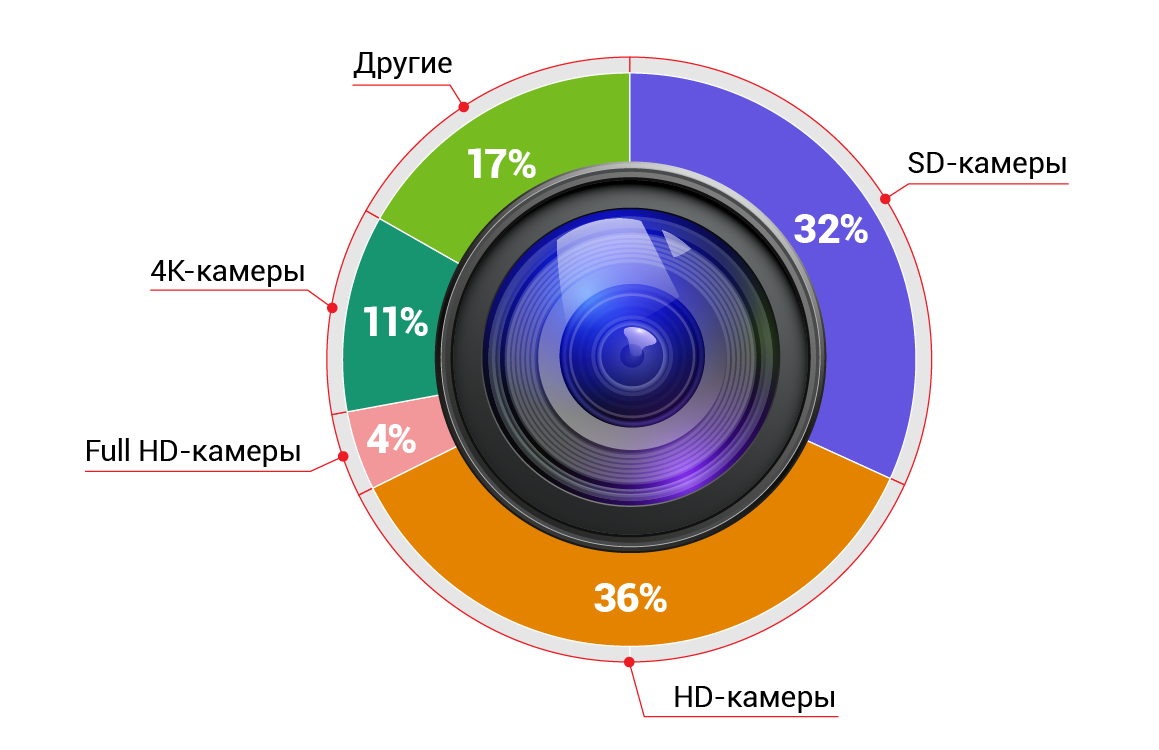
At the same time, in 2018, sales of “basic” SD devices increased 3.5 times in units compared to 2017, and 2 times in 4K drones. The presence of a camera is certainly a locomotive of sales.
Drones equipped with Full HD cameras occupy the smallest share, since shooting Full HD video is now not the most promising occupation. Against the background of the distribution of videos shot in 4K on social networks, the Full HD video series is gradually losing its charm.
About other features
Video shooting is, of course, the most popular drone feature. But today, users are increasingly paying attention to related features.
Of course, the main ones are camera stabilization and the number of stabilization axes. For low-cost entry-level UAVs, this is not the strongest side: most often there is simply no stabilization. And to obtain a picture without tremor, electronic image stabilization technology is used, with which you can’t remove the masterpiece clips. But even simple drones will allow you to plunge into the fascinating world of video taken from the air and enjoy a unique film made from unusual angles.
In more advanced models, in addition to the stabilization system, proprietary technologies are also used that allow, for example, a drone to monitor the subject. You can enter in your memory, for example, your face, and the camera will track its movement (pursuit function). This mode is useful when shooting travel, holidays, sporting events.
UAV capabilities are expanded by such functions as fixing and plotting a flight course. As a rule, a built-in GPS-receiver is used for this. Depending on the complexity and price of the model, such systems also differ in positioning accuracy and other capabilities. For example, if you watched all the episodes of the film "Back to the Future", then you probably remember how in one of them a dog walked a flying collar. So, using a modern UAV to make such an “electronic nanny” for dog walking is not a problem. You set the drone to the trajectory of the walk, put a photo of your dog in your memory, connect the drone with a collar, and your personal robot is ready for walking the dog. Of course, this option is suitable only for very small breeds, but it is quite working and fully feasible.
But what if there are several drones flying in the air nearby, for example? Now, of course, such a situation is rare, but in the future it can easily become commonplace. Or how during your first flights to avoid the collision of your device, say, with a tree, pillar, wall of the house? In such cases, collision avoidance technology will help. Most reputable manufacturers, such as DJI, SPL, Mioshi, SYMA and others, have long included this feature in their arsenal of drones.
About flying drones in Russia
A few years ago, the flights of drones in our country were practically not regulated in any way. The law was in force, according to which only very heavy UAVs were subject to registration. But now the situation has changed a lot.
The rules for the use of drones are determined by the UAV Law, which was developed on the basis of the FZ-60, and entered into force in July 2017. According to this document, all UAVs are divided into two categories: weighing up to and more than 0.25 kg.
Owners of drones weighing up to 0.25 kg can do without registration. But if your device is heavier, then it must be registered. To do this, you have to collect an impressive package of documents. Such measures are explained by an attempt to prevent possible terrorist acts, invasion of privacy and violation of the boundaries of private property.
Note that, according to the law, it is strictly forbidden to use quadrocopters in the areas of strategic and military facilities, which are of fundamental importance for the state. These include the lands of reserves. It is also forbidden to fly over private areas under protection and industrial enterprises. Plus, the law does not recommend raising the drone to a height of more than 50 meters, so that there is no collision with other aircraft.
In general, at the moment, the situation around video recording from drones in Russia is furnished with a large set of bureaucratic procedures. And you can just shoot like that only at your summer cottage, and even then flying over it, like a chipmunk in a famous joke - “low-low” - and provided that your neighbors do not see this. Otherwise, they may complain to the police for invading their privacy. Well, or go to the wilderness, where people are generally rare, and there already divert your soul, removing the beauty of the wild.
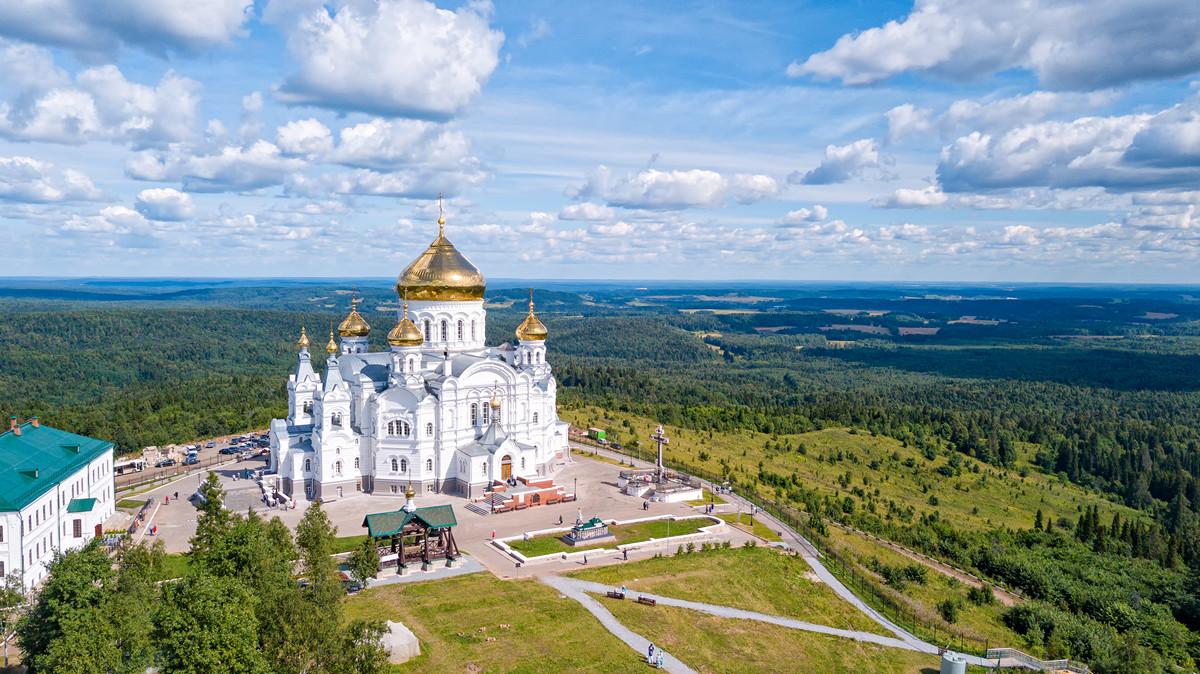
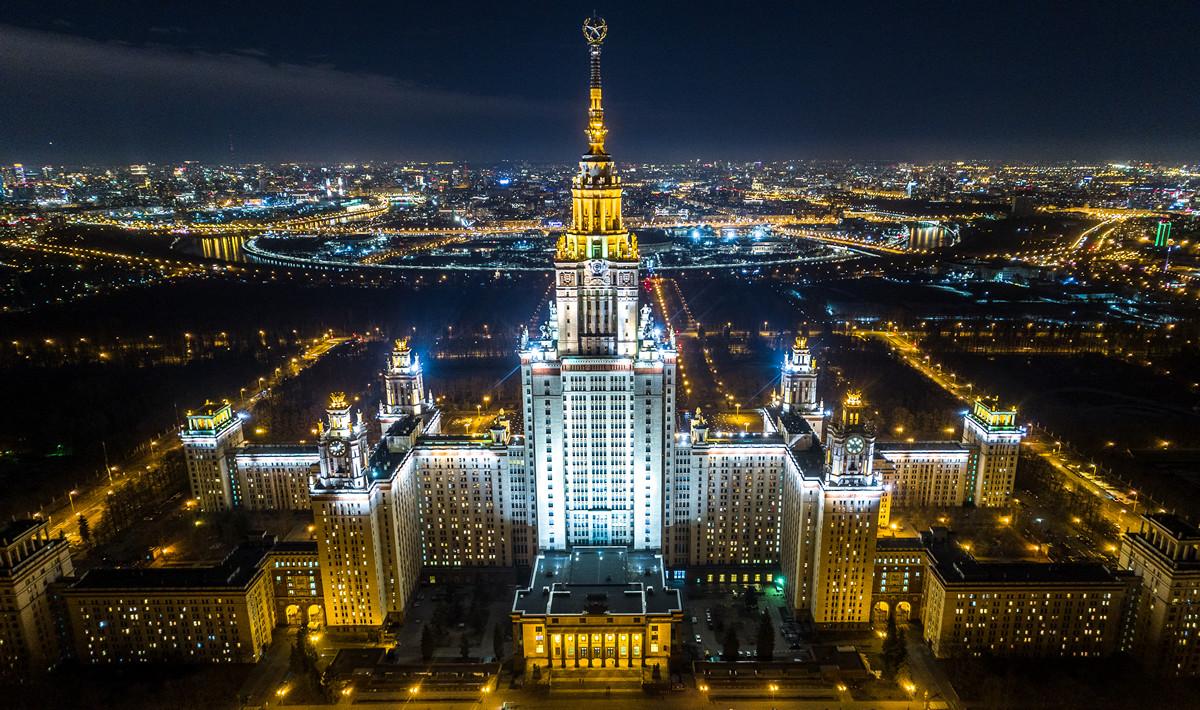
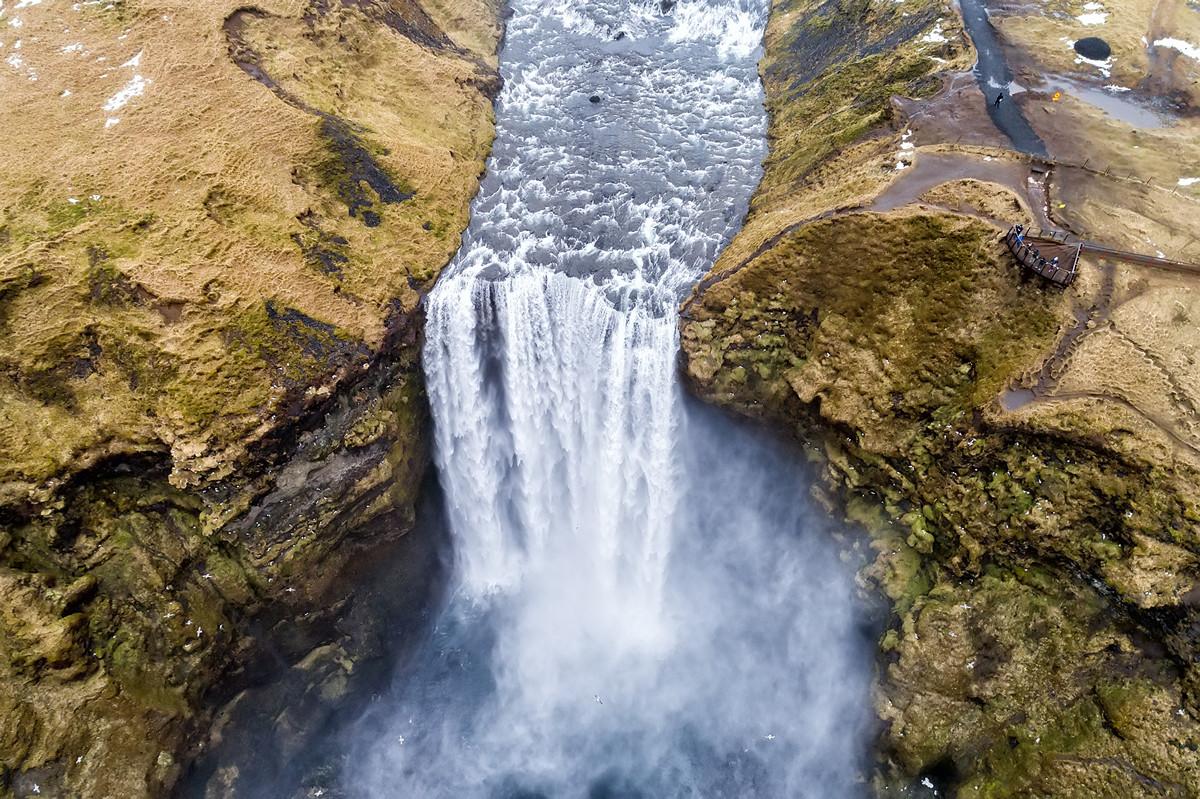
And what about other countries?
If you are planning to take a drone with you on a trip to shoot a movie from unusual angles, in addition to local customs and a route map, also study the local laws governing the use of UAVs. They can very seriously differ from ours, and in both directions.
More information on the laws governing the flight of drones in different countries can be found on various specialized sites.
USA
The United States has a law on the mandatory registration of drones. But there is no need to bring documents to the registration authority itself. The whole procedure is performed at the time of purchase of the UAV in the online store. If the drone was not registered at the time of purchase, the offender faces a serious fine of $ 27,000 (data at the time of writing). After paying 5 dollars of state duty and a couple of days of waiting, you will receive the appropriate document.
All issues of using UAVs at the federal level are decided by the Federal Aviation Administration. Federal laws prohibit drones from climbing above 122 meters, flying closer than 5 miles from airports, and flying into the air above some national parks.
The weight of the drone cannot exceed 25 kg. In addition, you need to remember that each state has its own rules and flight rules, so you should carefully study not only the requirements of federal, but also local authorities.
Canada The
rules for using drones in Canada can be called one of the most liberal. They are very simple and straightforward.
If you are not a businessman or a scientist, and your device is lighter than 35 kg (drones lighter than 250 grams are not considered drones, they are considered toys), if you follow the safety rules and flying your drone does not pose any threat to anyone, then you will not be licensed need it. All rules in force in Canada are available on the Department of Transportation Canada website. But, unfortunately, in this country laws will tighten soon.
Italy
This is one of the most popular countries for Russian tourists. But remember that in Italy, drones are forbidden to fly over a large crowd of people, over cities, as well as near strategic objects: railway stations, airports, power plants, military bases, government buildings. And the most stringent regulations restricting the use of drones apply in Rome. It is forbidden to fly closer to people and private possessions closer than 50 m on a drone, as well as shoot within a radius of less than eight kilometers from airports.
The good news is that all these restrictions apply only to private shooting. Commercial video is deprived of many of them, however, it needs to be licensed.
Very similar legal regulations apply in neighboring France as well as in Germany.
Great Britain
On the "foggy" island, the legislation on the use of drones is very similar to the Russian one. Here, without registration, you can only use devices weighing up to 250 grams. Heavier devices are subject to mandatory registration.
Pilots operating the aircraft naturally need to know the rules for safe piloting. Separately, it is stipulated that in the UK it is allowed to use only those drones that comply with British law (in terms of safety).
The limitations for UAVs equipped with a photo and video camera are separately prescribed. They are prohibited from approaching a person, car, building or other structure less than 50 m. On non-commercial drones it is forbidden to fly over large groups of people, including recreational and sporting events (the car must be at least 150 m from such objects).
Commercial drone owners must obtain a license from the country's Civil Aviation Authority. Plus, the British authorities are now trying to legislatively introduce a rule on the program prohibition of UAV flights over certain areas of the country.
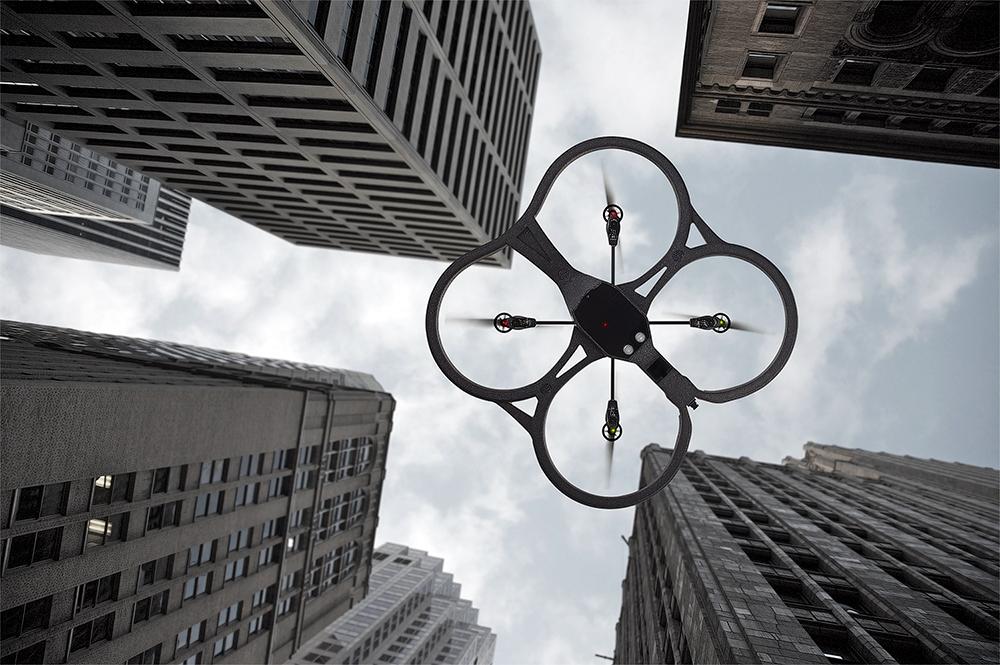
Instead of a conclusion
In most countries you can fly without permission only on lightweight 250-gram toys, and even then with all sorts of restrictions. The right to privacy is protected everywhere strictly so carefully read the rules for using drones before using them.
Good luck with your flights and great shots!
